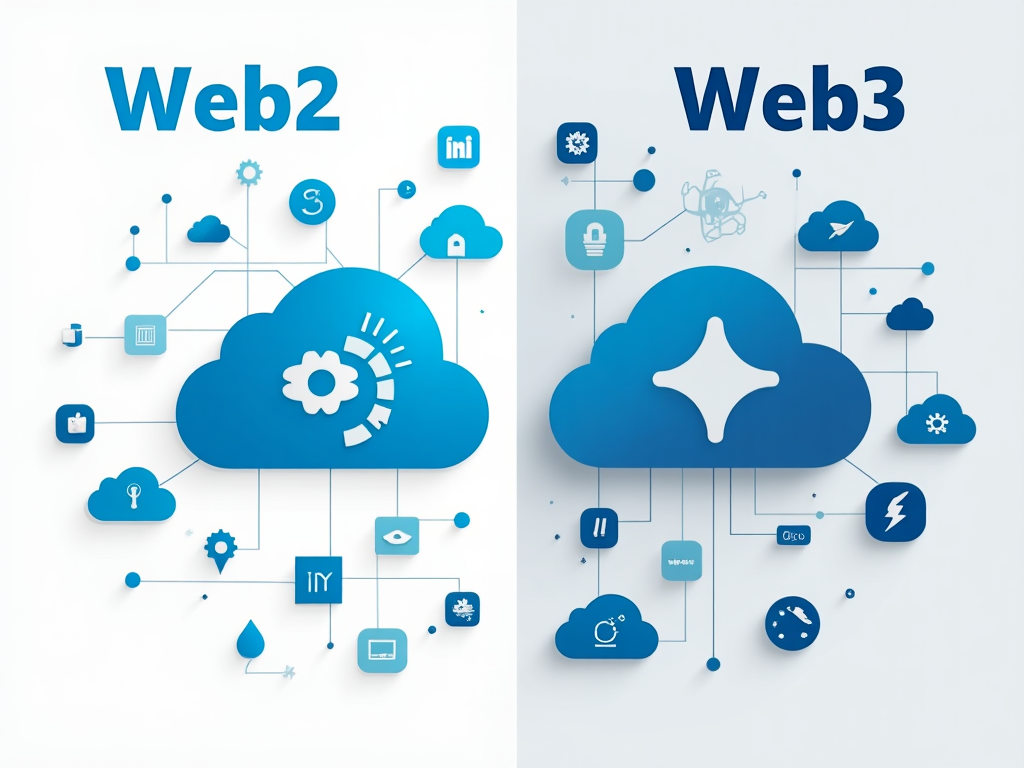Cart Information
Web3 vs Web2 Comparison Infographic
- Home
- Web3 vs Web2 Comparison Infographic

Web3 vs Web2 Comparison Infographic
This printable infographic offers a visually compelling side-by-side comparison between Web2 and Web3 ecosystems. Designed for clarity and education, the chart highlights how decentralized Web3 differs from centralized Web2 in terms of data control, identity verification, governance structures, monetization models, content distribution, and infrastructure layers. Each section comes with real-world examples—such as comparing YouTube with IPFS-based video platforms or Facebook logins with wallet-based authentication. Icons and flow diagrams enhance understanding, making this ideal for presentations, student handouts, or team onboarding in tech and finance sectors. The infographic also outlines transition paths from Web2 to Web3, including wallet setup, dApp use, and community participation. This resource is perfect for those explaining the value proposition of decentralization in classrooms or pitch meetings. It can be printed in A3 or poster size for display. Educational, accessible, and relevant for both tech-savvy users and newcomers exploring the evolution of the internet.
- Duration: Hours
- Lectures: 0
- Skill Level: Beginner
- Language:





0 Reviews on Web3 vs Web2 Comparison Infographic